Frequency range: 26.5- 28MHz SWR: ≤1.2:1 Max. power: 35W continuous 250W Short time Bandwidth at S.W.R. 2:1: 1900KHz Impedance: 50ohm Whip length: 1200mm Adjustment: 0~90° Cable Length: RG58/157" Po...
See DetailsWhy Is the SWR of My CB Antenna Too High, and How Can I Fix It?
CB (Citizens Band) radios have long been a reliable communication tool for a variety of users, including truck drivers, hobbyists, and emergency responders. A common issue that users face with CB antennas is a high Standing Wave Ratio (SWR). A high SWR can lead to poor performance, signal loss, and even damage to the radio equipment.
What is SWR, and Why Does It Matter?
SWR is a measurement that indicates how effectively an antenna radiates power. It is calculated by comparing the power sent from the radio to the power reflected back from the antenna. Ideally, a low SWR (close to 1:1) means that most of the radio’s transmitted power is radiated through the antenna, and only a small portion is reflected. A high SWR can lead to inefficient transmission, causing the radio to overheat or malfunction.
Common Causes of High SWR in CB Antennas
There are several reasons why your CB antenna may experience high SWR readings. Below are some of the most frequent causes:
Incorrect Antenna Installation
One of the most common causes of high SWR is improper antenna installation. CB antennas must be mounted correctly, with a good ground connection and at an optimal height. If the antenna is poorly positioned or lacks a proper ground plane, it will not perform efficiently, resulting in high SWR readings.
Antenna Length Mismatch
The length of your CB antenna plays a crucial role in tuning it for optimal performance. An antenna that is too long or too short relative to the radio frequency can cause a mismatch, leading to high SWR. CB antennas typically operate on 27 MHz, so their length must be adjusted to match this frequency.
Damaged or Faulty Coaxial Cable
The coaxial cable connecting the CB radio to the antenna can also contribute to high SWR readings if it is damaged or poorly installed. A damaged cable may lead to signal loss, improper impedance matching, and higher reflected power, causing the SWR to rise. Always ensure the cable is in good condition and properly connected at both ends.
Poor Antenna Quality or Damage
Over time, antennas can degrade due to environmental factors such as exposure to the elements. Physical damage to the antenna, corrosion, or internal faults can also impact its performance and lead to high SWR. If the antenna shows visible signs of wear or damage, replacing it may be necessary.
How to Fix High SWR on Your CB Antenna
Now that you understand the potential causes of high SWR, here’s how you can address and resolve the issue:
Properly Adjust the Antenna Length
The first step in fixing high SWR is ensuring the antenna is the correct length for your radio frequency. You can adjust the antenna’s length by trimming it slightly. Start by measuring the antenna and making small adjustments based on the SWR reading. After each adjustment, measure the SWR again to determine if the issue has been resolved.
Check and Improve Installation
Ensure the antenna is mounted in an optimal position, preferably on a metal surface that acts as a ground plane. The antenna should be installed as high as possible, away from obstructions like windows, power lines, or vehicles. If your installation includes a magnetic mount, ensure it is in full contact with the surface to maximize grounding.
Inspect the Coaxial Cable
Thoroughly check the coaxial cable for any signs of wear or damage. Replace the cable if you find any cuts, frays, or corrosion. Ensure that the cable is securely connected at both ends: the antenna and the CB radio. Use high-quality connectors to ensure a proper fit and signal transfer.
Consider Antenna Repair or Replacement
If your antenna shows signs of wear or damage, it may be time to repair or replace it. A faulty antenna can significantly affect the SWR and performance of your CB radio. When choosing a replacement antenna, ensure it matches your specific radio frequency and is compatible with your CB radio’s power output.
Conclusion
A high SWR in your CB antenna can cause significant communication issues, but the good news is that it can often be fixed with proper troubleshooting and adjustments. By ensuring the antenna is correctly installed, adjusting its length, checking the coaxial cable, and replacing damaged components, you can restore your CB radio’s performance and achieve optimal SWR levels.
Remember, a low SWR is crucial for efficient transmission and for preventing damage to your CB radio equipment. If you continue to experience high SWR despite troubleshooting, it may be worth consulting a professional to further diagnose the issue.

 English
English Español
Español
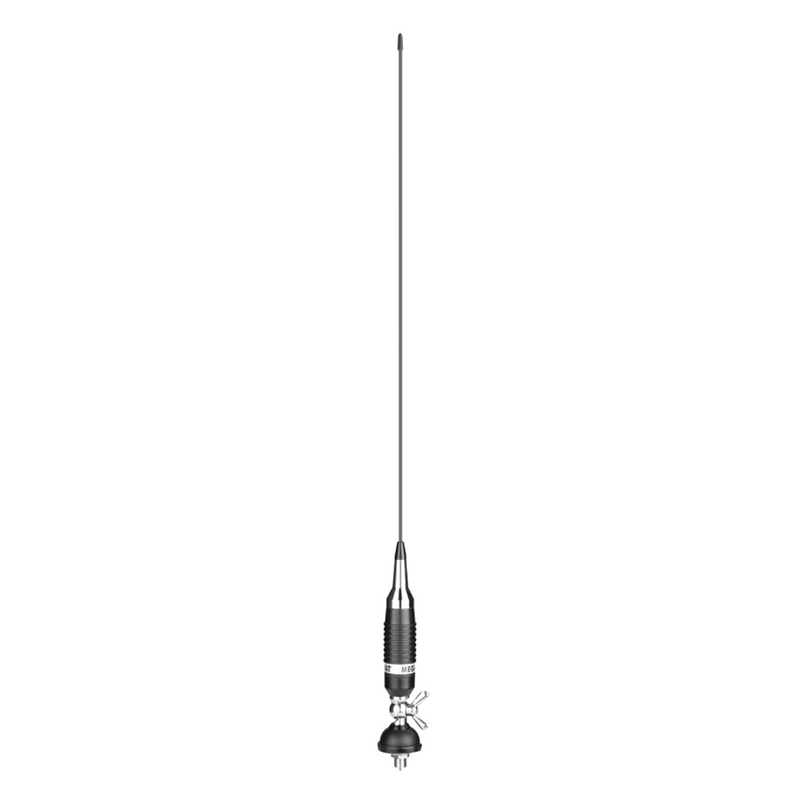
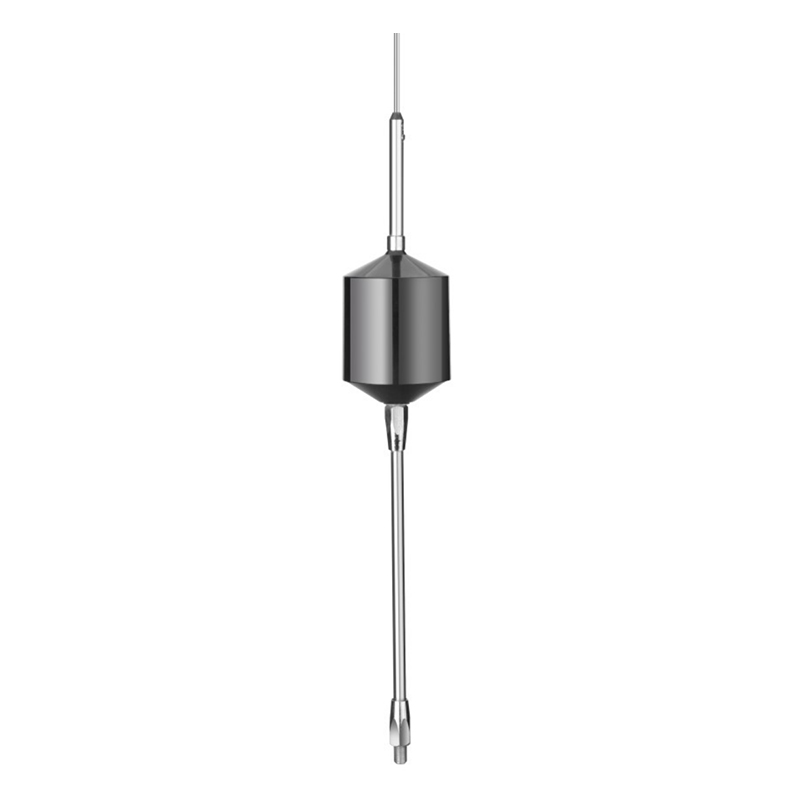
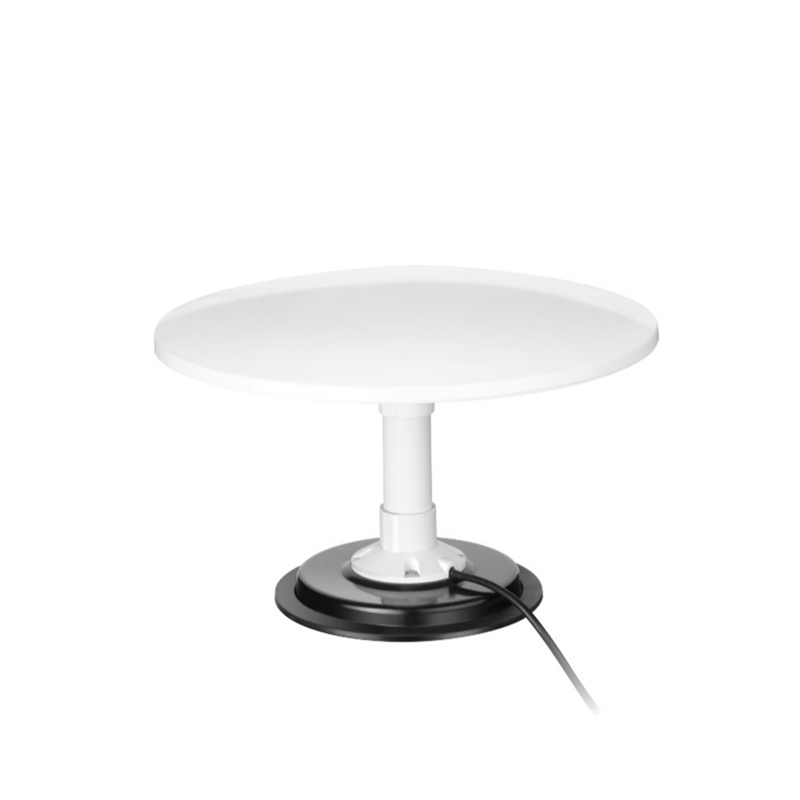
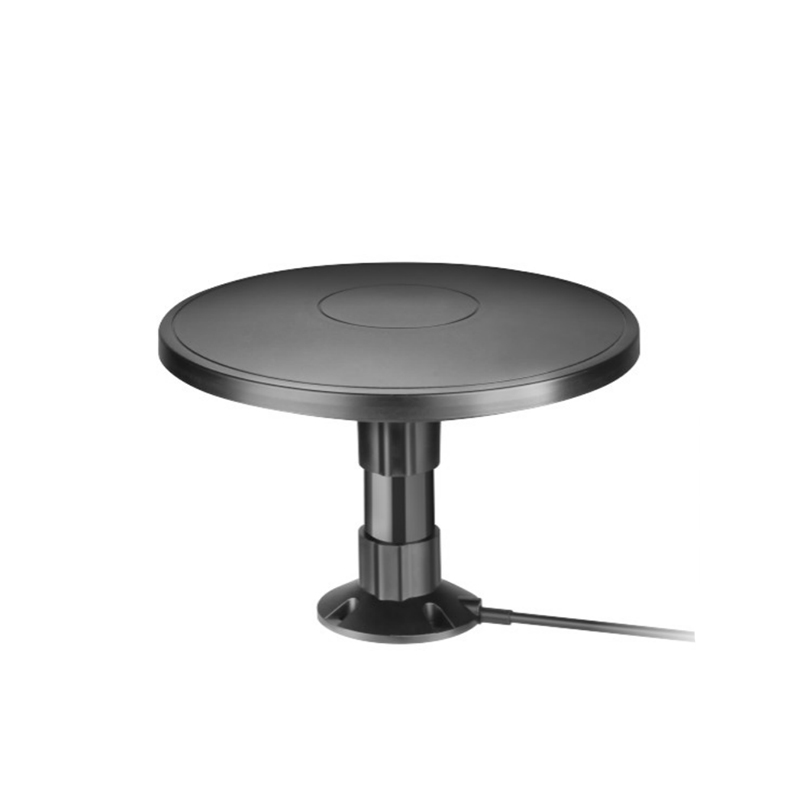
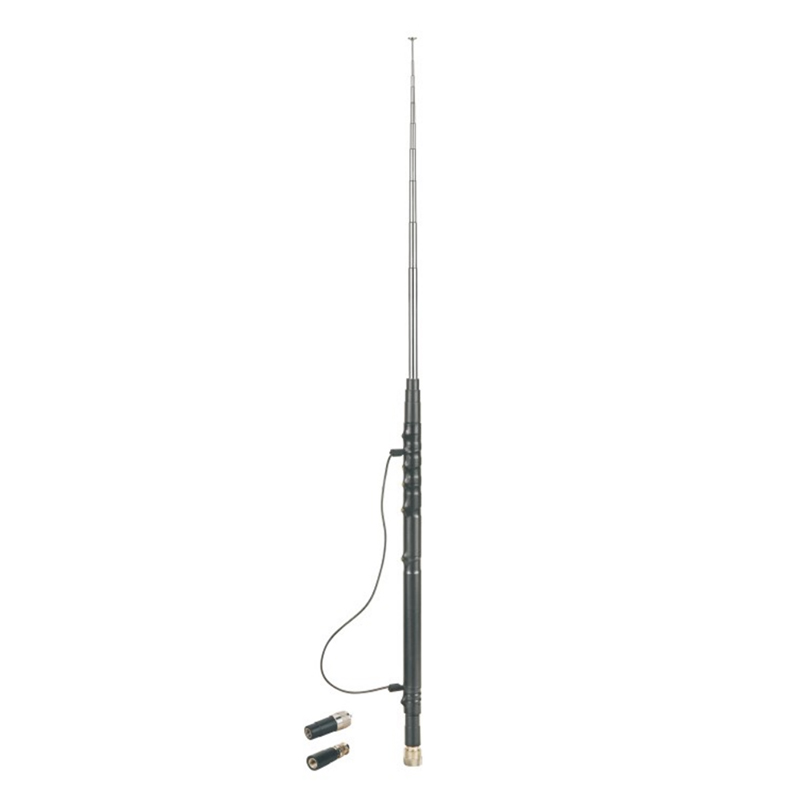
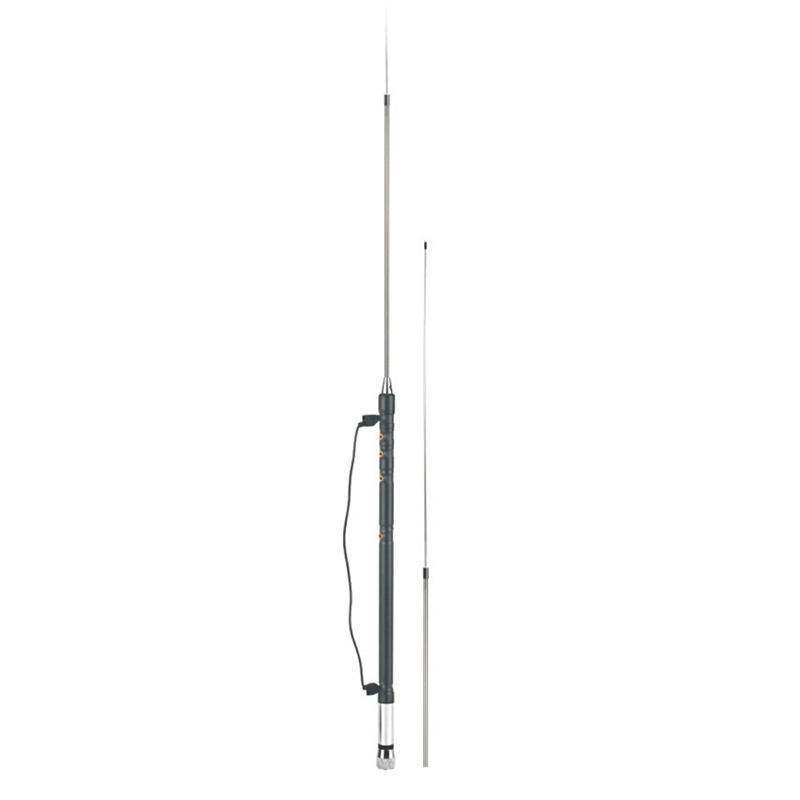
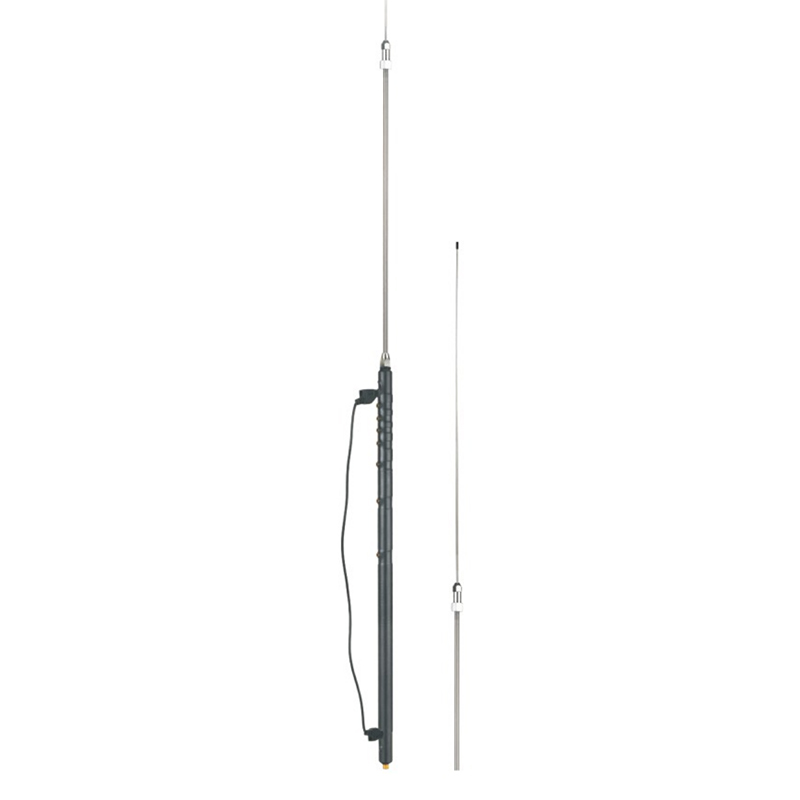
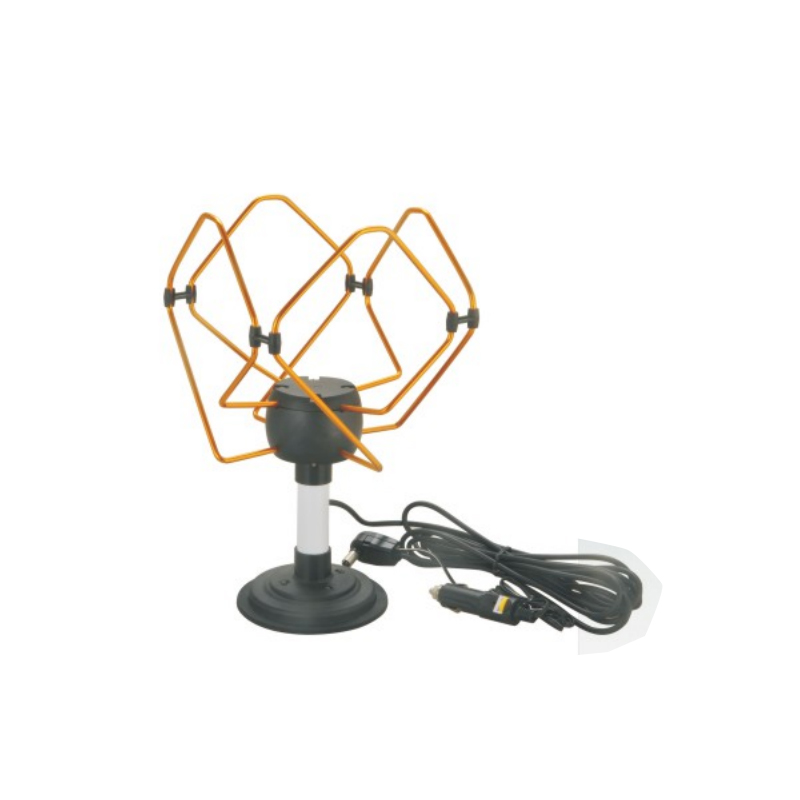
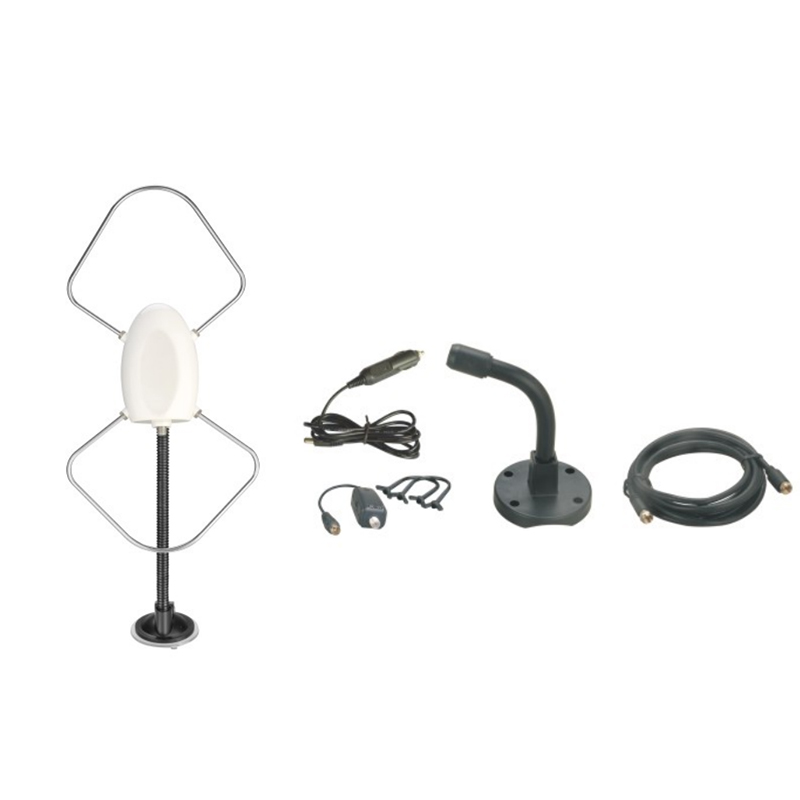
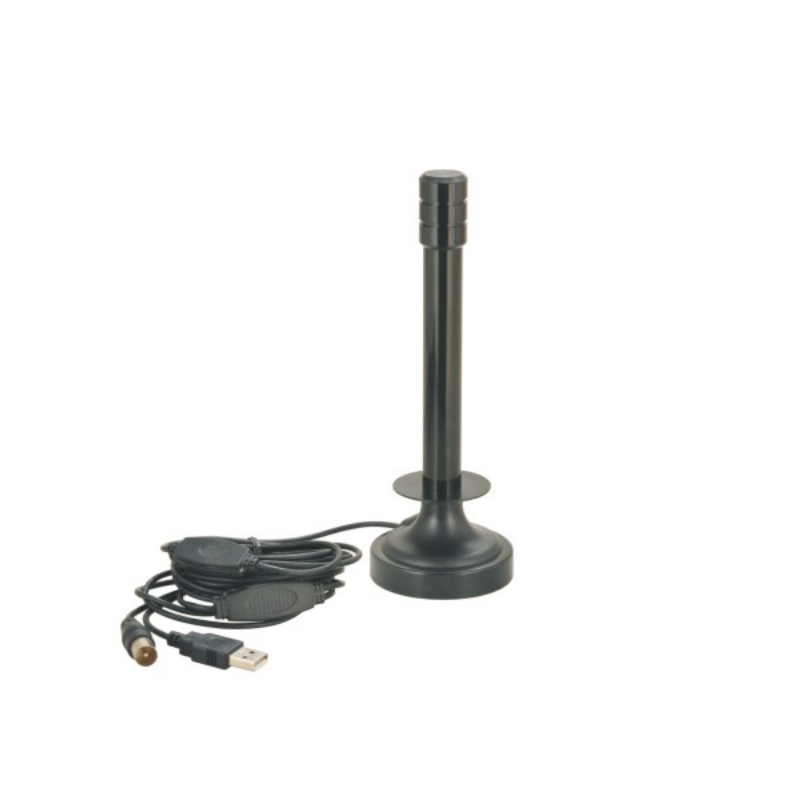
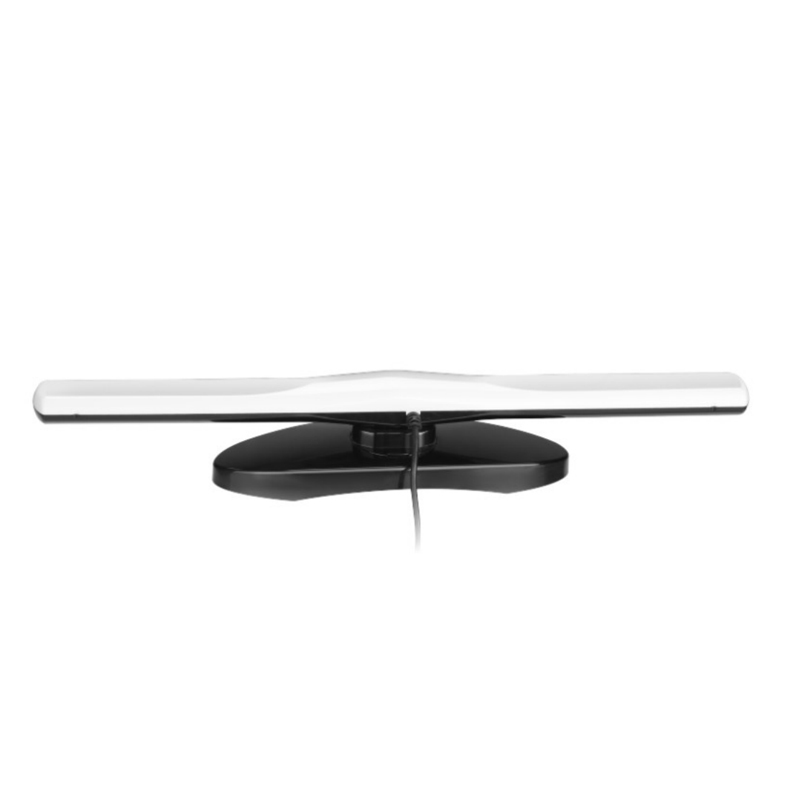
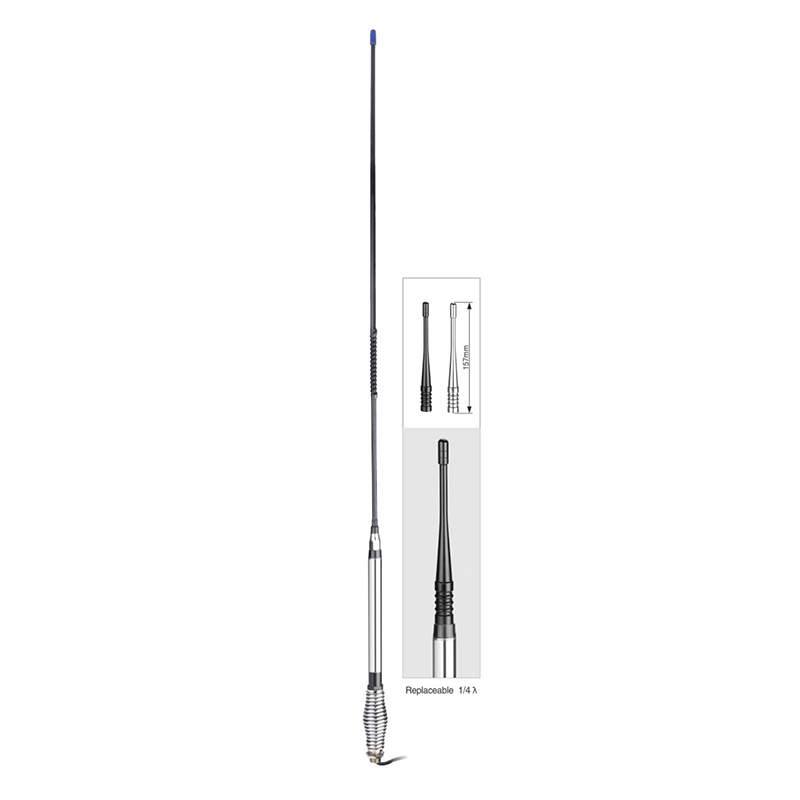

Contact Us